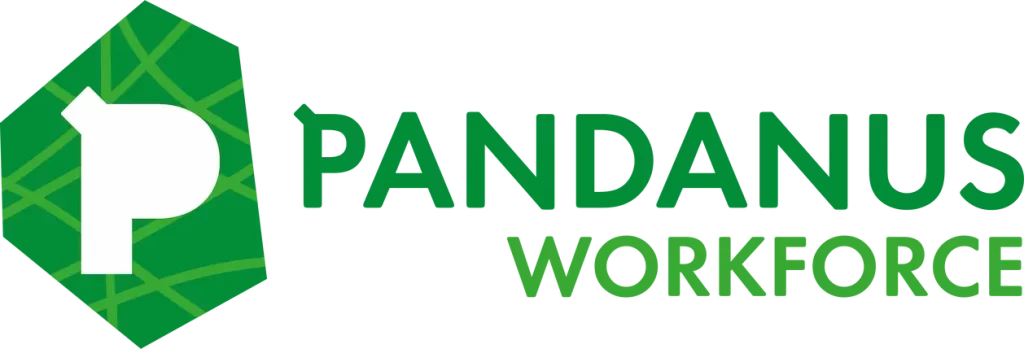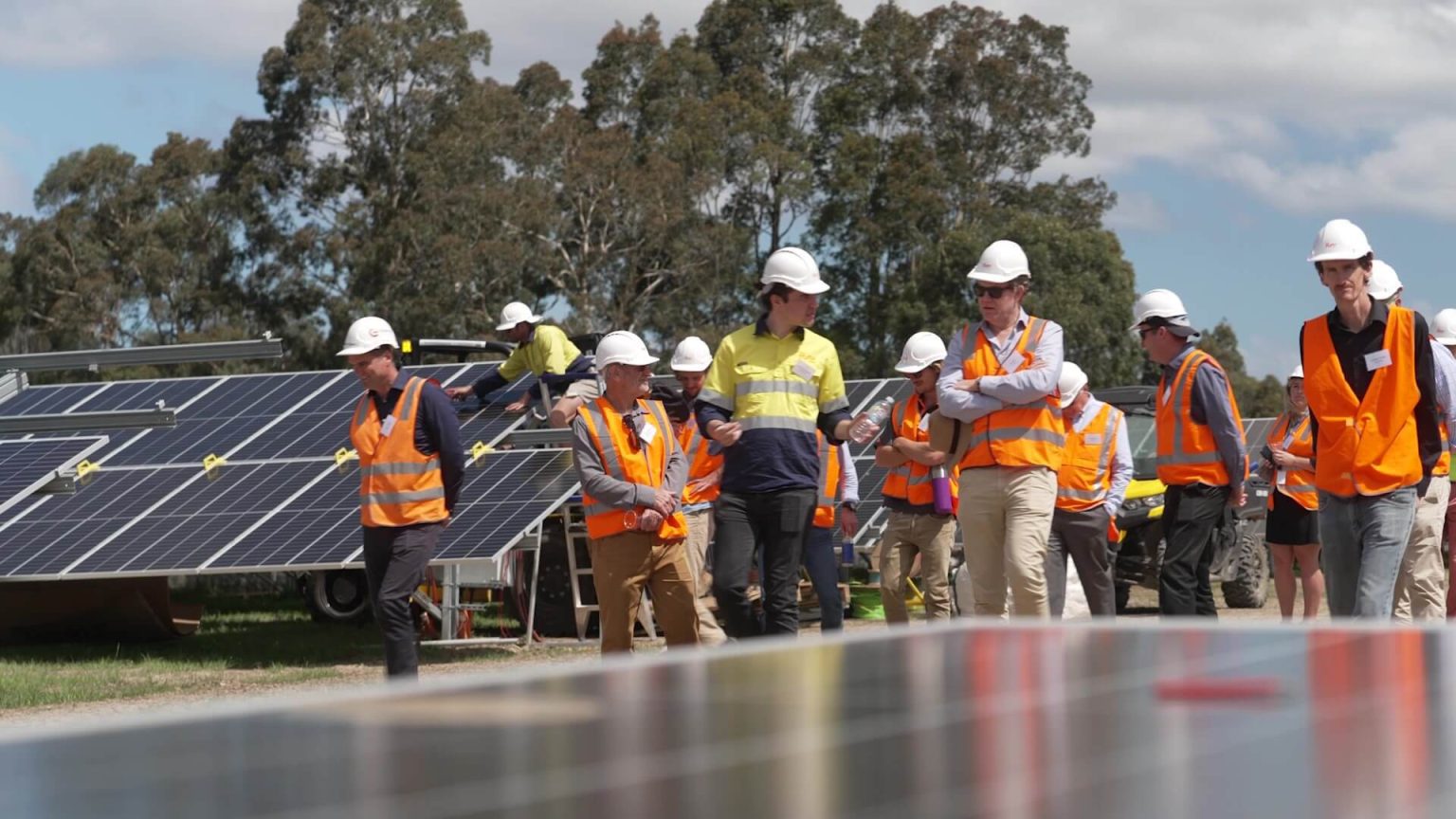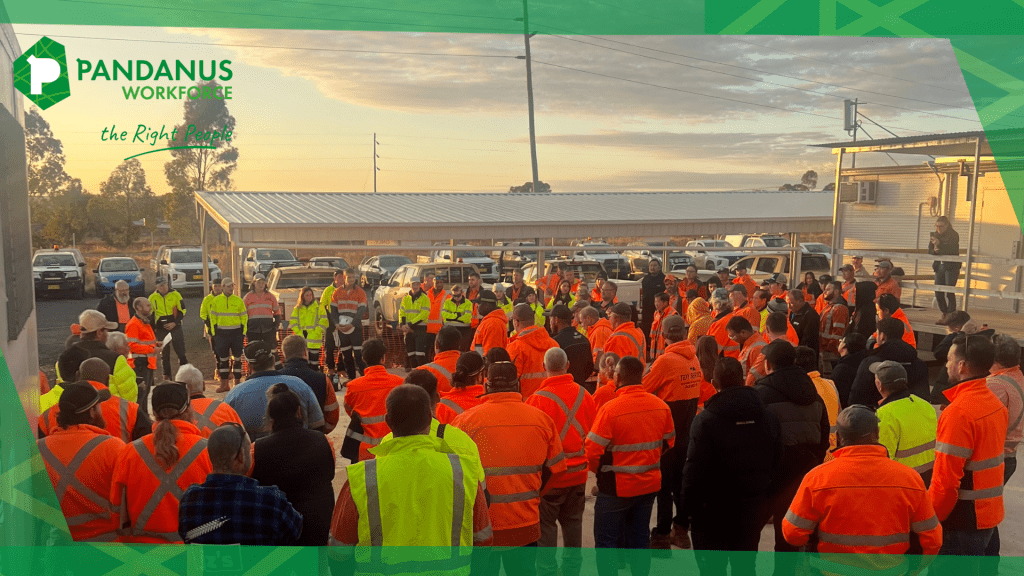The Pitfalls of Mismanaging Workforce Dynamics on a Solar Farm Construction Site
As the global push for renewable energy accelerates, solar farms are becoming increasingly common. While the environmental benefits are clear, the success of solar farm construction heavily relies on effective workforce dynamics. Mismanaging these dynamics can lead to significant setbacks, impacting project timelines, costs, and overall safety. Here are some key pitfalls to watch out for:
- Poor Communication
Communication is the backbone of any construction project. On a solar farm, where teams may include engineers, electricians, labourers, and project managers, clear and consistent communication is vital. Miscommunication can lead to misunderstandings about tasks, safety protocols, and project goals. This confusion can result in delays, rework, and increased costs. Establishing regular check-ins and using effective communication tools can help mitigate these risks.
- Inadequate Training
Solar farm construction involves specialized skills and knowledge. Failing to provide adequate training can lead to unsafe practices and subpar work quality. Workers must be familiar with the specific technologies and safety procedures associated with solar installations. Implementing thorough training programs ensures that all team members are equipped to perform their roles safely and effectively, reducing the likelihood of accidents and inefficiencies.
- Neglecting Team Dynamics
A cohesive team is crucial for the success of any project. On a solar farm, different trades must collaborate effectively to meet project deadlines. Ignoring team dynamics can lead to conflicts, decreased morale, and poor productivity. Team-building activities and fostering an inclusive work environment can enhance relationships among workers, leading to a more efficient and motivated workforce.
- Ignoring Safety Protocols
Construction sites are inherently hazardous, and solar farms are no exception. Neglecting safety protocols can result in accidents, injuries, and even fatalities. Establishing a culture of safety is paramount. This includes regular safety meetings, proper signage, and enforcing the use of personal protective equipment (PPE). Ensuring that all team members prioritize safety not only protects individuals but also minimizes project disruptions.
- Underestimating Labour Needs
A solar farm construction project requires a variety of skilled labourers, from heavy machinery operators to electricians. Underestimating the labour needs can lead to workforce shortages, causing delays and increased costs. Proper project planning and workforce assessments are essential to ensure that the right number of skilled workers is available at each stage of construction.
- Failure to Address Worker Well-being
Construction work is physically demanding, and worker fatigue can significantly impact productivity and safety. Failing to address worker well-being—such as providing adequate breaks, hydration stations, and mental health support—can lead to burnout and decreased job satisfaction. Prioritizing the well-being of workers fosters a more engaged and productive workforce, ultimately benefiting the project.
- Resistance to Adaptation
The renewable energy sector is rapidly evolving, with new technologies and methods emerging regularly. Resistance to change within the workforce can hinder a project’s success. Encouraging a culture of adaptability and continuous learning allows workers to stay updated on the latest practices, improving efficiency and project outcomes.
Conclusion
Successfully managing workforce dynamics on a solar farm construction site is essential for achieving project goals. By avoiding these common pitfalls—such as poor communication, inadequate training, neglecting team dynamics, ignoring safety protocols, underestimating labour needs, failing to address worker well-being, and resisting adaptation—project managers can enhance productivity, ensure safety, and ultimately contribute to the successful deployment of renewable energy solutions. Investing in effective workforce management is not just a good practice; it’s a crucial step toward a sustainable future






